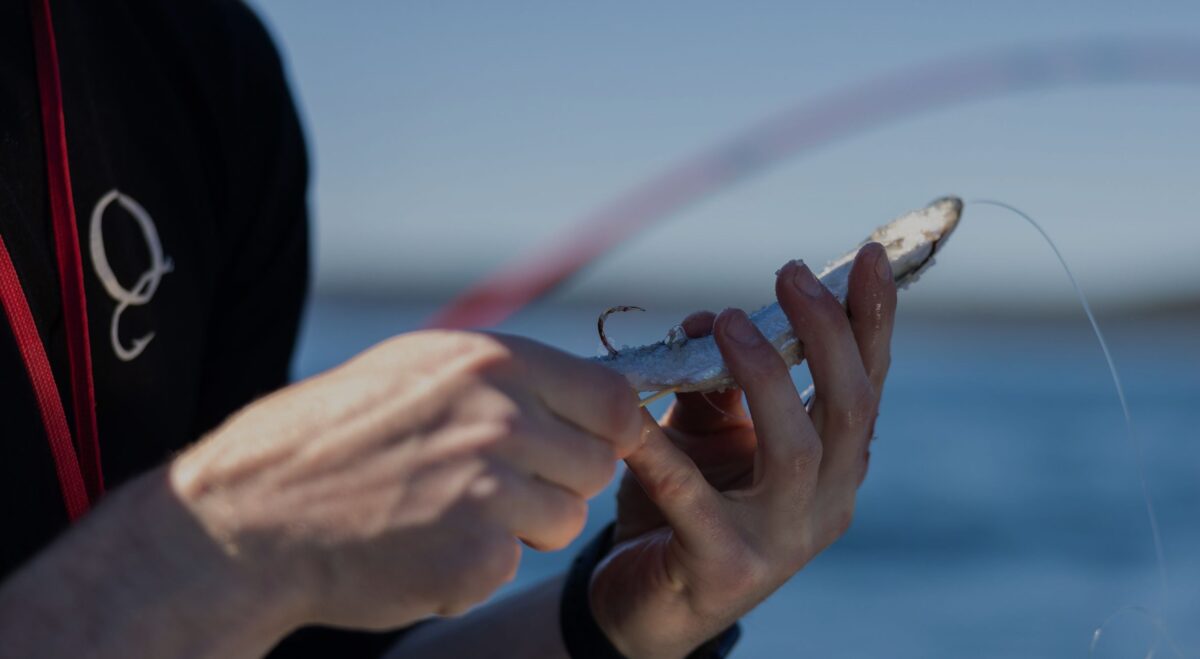Angler Orientation

Whether this will be your first visit to QCL, or your tenth, we know this time of year brings anticipation of a productive fishing and incredible memories.
Our Concierge team is working to connect with each group lead to ensure that your QCL Experience is planned to a tee. Let us worry about the details – arrive as you are and enjoy all the we have to offer.
As you await your trip, spend some time familiarizing yourself with common fishing terms and our Angler Orientation video. The below terms are frequently used on the boats and are a good starting point for those new to fishing to ensure you understand some of the basics upon arrival.
Right Rod to the Rock | When there are multiple boats fishing one particular point, we like to fish “right rod to the rock.” Meaning a boat that has its starboard side or has its right side of the boat closest to the shore, has the right of way to fish closest to the structure/kelp bed/shoreline. This helps to keep boat traffic moving smoothly while trolling and helps prevent boats and anglers from cutting each other off while trying to fish the inside pass.
Trolling | Trolling is a method of fishing where the boat is moving at various slower speeds while towing fishing lines. Most commonly to target salmon on our fishing grounds, your fishing lines can be attached to a downrigger or through the use of weighted rods in a style of fishing called mooching, to fish various depths.
Mooching | Mooching is a style of salmon fishing where lead weights, typically 4 to 10 oz’s., are attached to the fishing line, above the leader, to get the bait/hooks down to a desired depth. Mooching does not use downriggers and typically a cut plug herring is used as bait.
Back Rod | A back rod is used in the stern (back) of the boat as an additional or extra rod while trolling. Not attached to a downrigger, your backrod will have a banana weight or sliding weight attached to the fishing line above the leader. Commonly fished in the top 10 or 15 feet of the water column.
Jigging | A method of fishing used primarily for bottom fishing. A weighted lure, known as a jig, is dropped to the ocean floor , while attached to a fishing line, and is moved up and down by the angler using a fishing rod, to entice a bite.
Dummy Flasher / In-line Flasher | A flasher is a piece of fishing tackle used to attract salmon while trolling. A flasher can be used as a dummy flasher, where it’s attached to your downrigger line or downrigger cannonball, using swivels and a few feet of thick monofilament or a flasher can also be used “in-line”, where the flasher is attached to one end of your fishing mainline and the other end attached to the leader line.
Pop the Clip | “Pop (or popping) the clip” refers to the motion of pulling your fishing line to release it out of the downrigger clip. There are a few methods to do this but the most common would be to reel your fishing line and rod tighter to the downrigger and while holding onto your fishing reel (to prevent line from spooling off of it), you lift the rod upwards to either set the hook on a fish or to bring in the line.
Let it go/Let it run/Hand off | Commonly said by QCL fishing guides, while their guest is playing a fish, these terms are used when a fish, most often a salmon, is trying to swim away from the angler and to prevent the line from breaking, one will take their reeling hand off of the reel, allowing the salmon to take line while still being hooked, which will tire the fish out. It should be noted that it is VERY important to still hold onto the fishing rod with your non reeling hand. “Let it go” does not mean let go of the rod.
Cut Plug | A presentation for salmon fishing using a herring as bait, where the head of the herring is cut off at certain angles, roughly 45 degrees and the ‘guts’ are removed. There are various ways to attach your hooks to a cut plug, but the cut plug herring will imitate a wounded baitfish moving through the water.
Tyee | Tyee is most commonly a term for a Chinook salmon which weighs 30 pounds or more. Any guest at QCL who catches a Tyee, released or kept, rings the Tyee bell at the Bell Ringer, and later presented a celebratory pin.
As these are only a handful of the terms used when fishing, please let us know if there is anything else you want to learn!
We’ll see you at the Dock!

